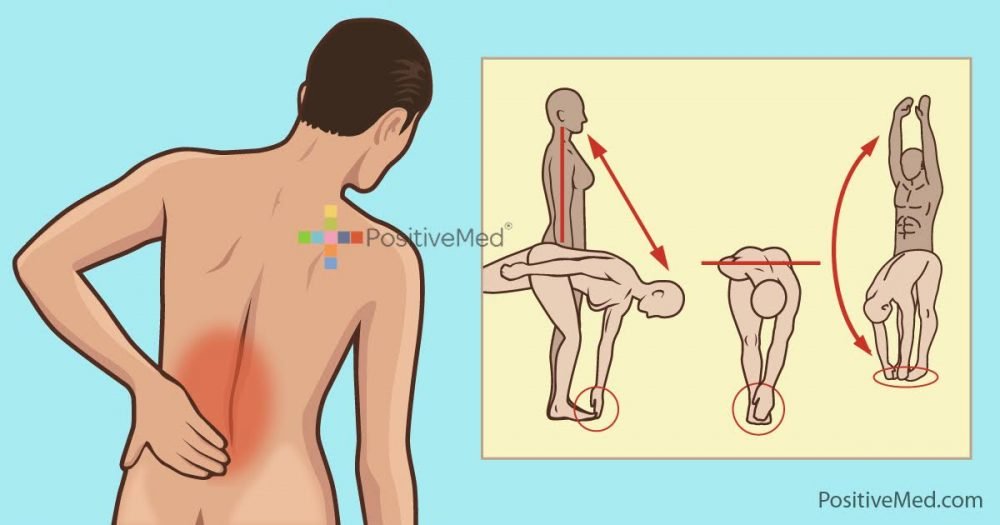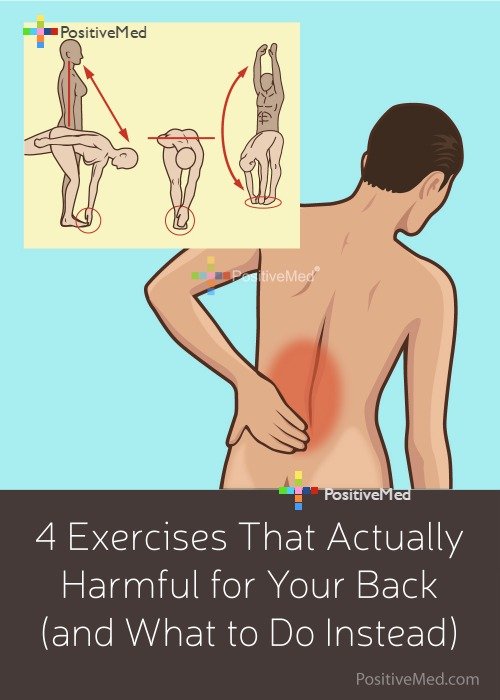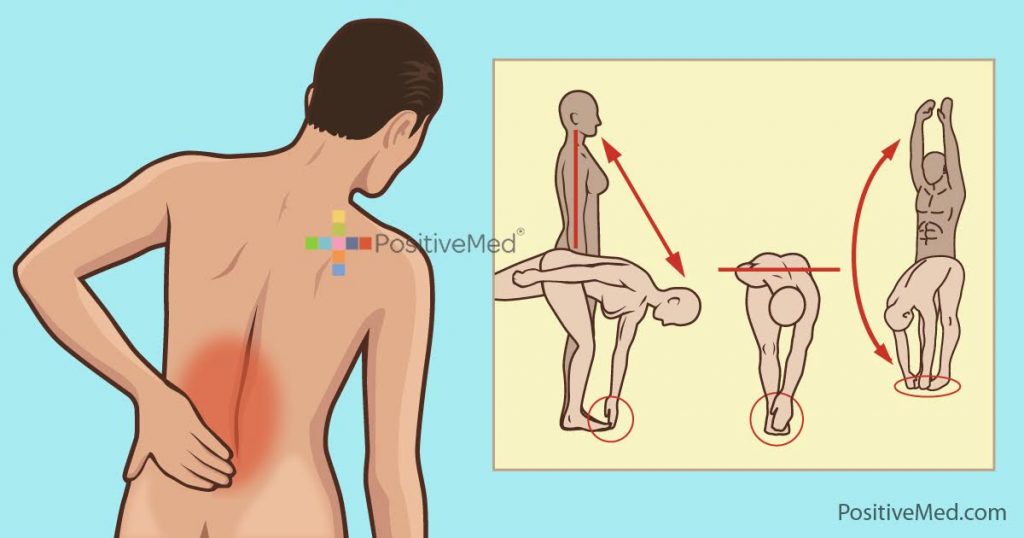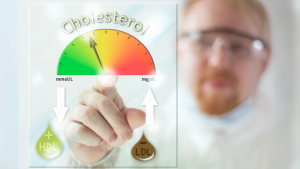[nextpage title=”…”]
4 Exercises That Actually Harmful for Your Back (and What to Do Instead)
Exercise is supposed to be a great way to stay healthy. Unfortunately, not all exercises are beneficial. Burpees, sit-ups, toe touches, and deadlifts can all wreck havoc on your back.

Burpees
Burpees were developed in the 1930s by a physiologist by the name of Royal H. Burpee. This exercise was created to be done four times in a row to test a patient’s overall fitness level.
To complete burpees, a person does a deep squat and then moves into a plank position. From there, the person brings his or her feet between the hands quickly, then stands again. This exercise makes the quadriceps tighten, then stretch again quickly. Jamie Atlas, a fitness expert and owner of a personal training studio in Denver, says that this exercise hyper extends the knees and irritates the membrane within the synovial joints. Chiropractor Dr. Christopher Notley states that doing 75 burpee reps forces you to flex your back rapidly 150 times. This type of prolonged strain on the lower back can cause pain.
The alternative exercise is: high-intensity interval training (HIIT)
Sit Ups
Sit ups are one of the most recognizable calisthenic exercises. To perform a sit up, a person lies with his or her legs flat on the floor with his or her hands locked behind the head. Then, as the exercise suggests, he or she sits straight up, bending at the waist. This exercise causes both the rectus abdomens muscles and the external obliques to contract.
The alternative exercise is: half crunches.
RELATED ARTICLE: Yoga For Lower Back Pain
Sit ups are very taxing on your back. Sit-ups tend to work the hip flexors more than the abdominal muscles. When they are too tight, they shorten and pull on your lower spine. Dr. Stuart McGill, a professor of spine biomechanics at Canada’s University of Waterloo, says that sit ups can squeeze spinal disks.
Toe Touches
[/nextpage] [nextpage title=”…”]

Toe touches require you to stand up straight then bend forward at the waist. The goal is to touch your toes or place your hands onto the floor.
Toe touches stretch the four-muscle group in located in the back of each thigh. This grouping is known as the hamstrings. Because there is no support from the back muscles, toe touches strain the ligaments around the hamstrings. Your spinal disks are also put under intense strain when you perform toe touches. Dr Jolie Bookspan, Director of Neck and Back Pain Sports Medicine, says that toe touches can be detrimental to back health.
The alternative exercise is: supine hamstring stretch.
Deadlifts
A person performing a deadlift begisn by standing behind a weight on the floor. Then he or she bends down while bending slightly at the knees. The practitioner picks up the weight, stands straight up, and locks his or her hips and knees. This exercise works the muscles that run from the base of your skull to your lower spine. Additionally, your gluteous maximus moves the top of your pelvis back as you complete this exercise. A deadlift makes your quadriceps do a lot of work, too. these are the muscles that straighten your knee joints when you stand up.
Dr. Stuart M. McGill states that when deadlifts are done incorrectly, the consequences can be severe. Poor form can put all of the stress on your spine. The sciatic nerve can also be damaged, and ruptured disks are common to those who perform deadlifts.
The alternative exercise is leg presses on a machine.
These common exercises put your body into unnatural positions and can lead to strain and injury. Keep yourself healthy, and avoid them.
Pin It!

[/nextpage]






